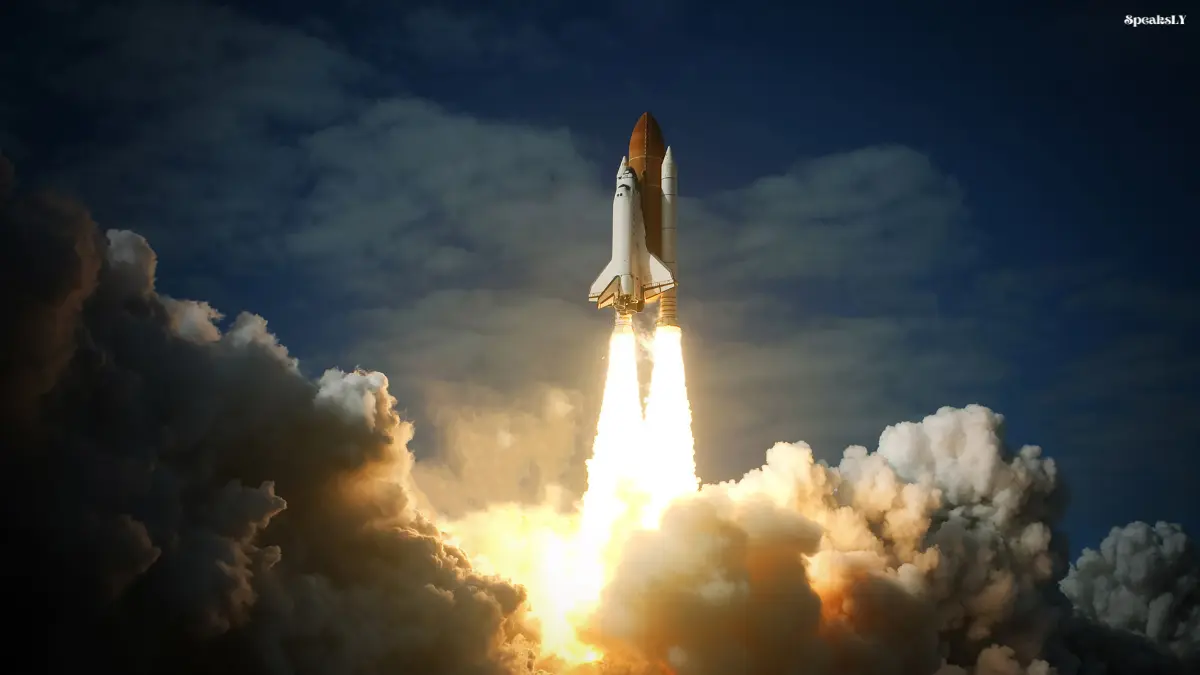SpaceX Launch: SpaceX’s Falcon 9 rocket successfully launched on Thursday, November 7, at 3:19 p.m. ET, carrying 23 Starlink satellites into low Earth orbit. The mission, known as Starlink 6-77, lifted off from Space Launch Complex 40 at Cape Canaveral Space Force Station in Florida. This launch marks the third flight of the Falcon 9 booster, which had previously supported a Starlink mission and NASA’s Crew-9 mission to the International Space Station.
The mission experienced several delays, including a scrubbed launch attempt on November 3 due to a helium leak on the rocket’s first stage and another cancellation on November 6 due to poor weather conditions. Despite these setbacks, the rocket launched successfully on Thursday, with a slight six-minute delay. SpaceX confirmed that the 23 satellites were deployed as planned, further expanding the Starlink constellation, which aims to provide global satellite internet coverage.
This launch also marked the 96th successful booster landing for SpaceX’s “Just Read the Instructions” drone ship, located off the coast of the Bahamas in the Atlantic Ocean, highlighting the company’s ongoing success in reusing its rockets.
Starlink is part of SpaceX’s broader ambition to build a global satellite internet network. With over 7,170 satellites already in orbit, SpaceX plans to eventually deploy more than 40,000 satellites to provide high-speed internet worldwide, especially to remote areas. The Starlink network is designed to operate at much lower altitudes than traditional satellites, orbiting about 340 miles above Earth, offering faster internet speeds and reduced latency.
SpaceX’s headquarters are in Hawthorne, California, but the company also operates launch complexes in Florida, Texas, and California. The successful Starlink 6-77 mission further demonstrates SpaceX’s leadership in space innovation, with its rockets and satellites contributing to a future where global internet access is more universally available.



